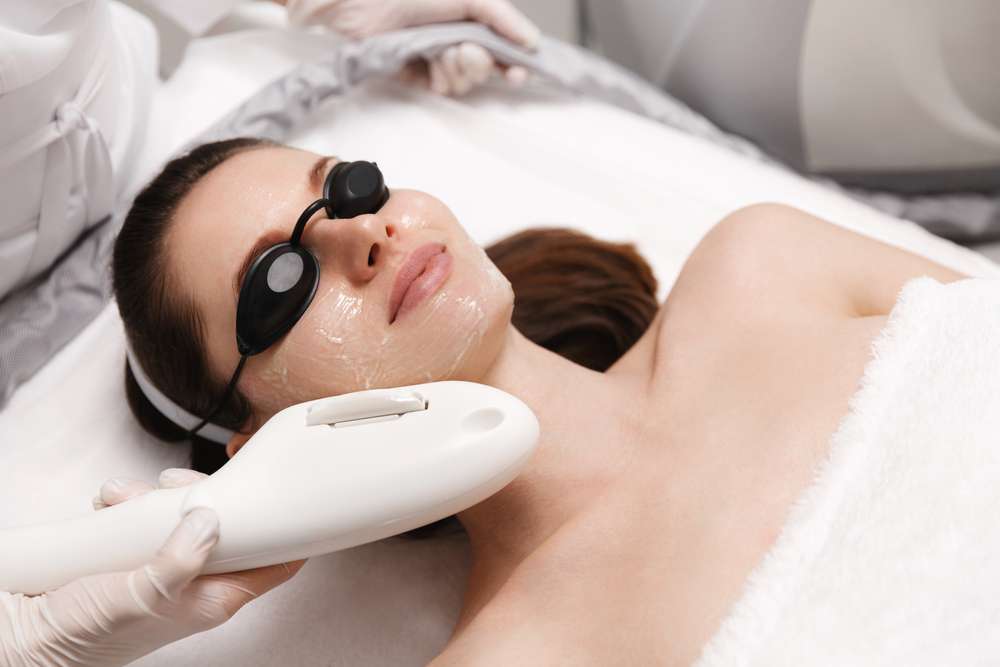Cryofacials: The Next Wave in Skin Rejuvenation
The beauty industry is constantly evolving, with innovative treatments emerging to address a wide range of skincare concerns. Among these cutting-edge solutions, cryofacials have begun to capture the attention of skincare enthusiasts and professionals alike. This revolutionary technique harnesses the power of extreme cold to revitalize the skin, offering a non-invasive alternative to traditional facial treatments. As the demand for effective, non-surgical skincare solutions continues to grow, cryofacials are poised to become a game-changer in the world of beauty and aesthetics. By understanding the science behind this treatment and its potential benefits, we can gain valuable insights into the future of skincare and how it may reshape our approach to maintaining youthful, radiant skin.

During a cryofacial, the skin is exposed to temperatures ranging from -110°C to -160°C (-166°F to -256°F) for a short period, usually between two to three minutes. This extreme cold stimulates the production of collagen and elastin, two essential proteins that contribute to skin firmness and elasticity. Additionally, the cold temperature helps to reduce inflammation and puffiness, giving the skin a more toned and lifted appearance.
Historical Context and Development
The use of cold therapy for health and beauty purposes is not a new concept. Ancient Egyptians used cold baths to treat inflammation and pain, while the Greeks and Romans incorporated cold water therapy into their bathing rituals. In more recent history, cryotherapy has been used in sports medicine to treat injuries and reduce muscle soreness.
The application of cryotherapy specifically for facial rejuvenation began to gain traction in the early 2010s. Inspired by whole-body cryotherapy chambers used in sports medicine, aestheticians and skincare professionals started to explore the potential of localized cold therapy for facial treatments. The first cryofacial devices were introduced to the market around 2015, with early adopters primarily being high-end spas and dermatology clinics.
Benefits and Efficacy
Proponents of cryofacials claim a wide range of benefits, including improved skin tone, reduced fine lines and wrinkles, decreased puffiness, and a more radiant complexion. The treatment is also said to help with specific skin concerns such as acne, rosacea, and hyperpigmentation.
One of the primary advantages of cryofacials is their non-invasive nature. Unlike more aggressive treatments like chemical peels or laser resurfacing, cryofacials do not damage the skin’s surface or require any downtime. This makes them an attractive option for those seeking quick, noticeable results without the risks associated with more invasive procedures.
While anecdotal evidence and client testimonials support the effectiveness of cryofacials, scientific research on their long-term benefits is still limited. Some studies have shown promising results in terms of collagen production and skin tightening, but more comprehensive research is needed to fully understand the treatment’s efficacy and potential long-term effects.
Current Market Trends and Industry Impact
The global cryotherapy market, which includes facial treatments, is experiencing significant growth. According to recent market research, the cryotherapy market is expected to reach $319 million by 2024, with a compound annual growth rate of 8.4% from 2019 to 2024. This growth is driven by increasing consumer interest in non-invasive beauty treatments and the rising popularity of wellness-focused skincare.
As cryofacials gain traction, they are becoming more widely available in spas, beauty clinics, and even some dermatology offices. Many high-end skincare brands have also begun to incorporate cryotherapy-inspired products into their lines, such as cooling face masks and cryogenic serums designed to mimic the effects of in-office treatments.
The rise of cryofacials has also led to the development of at-home cryotherapy devices. These handheld tools use cold metal rollers or ice packs to deliver a milder version of the treatment, allowing consumers to incorporate elements of cryotherapy into their daily skincare routines.
Integration with Other Skincare Treatments
Cryofacials are often used in conjunction with other skincare treatments to enhance overall results. For example, some practitioners combine cryofacials with LED light therapy or microcurrent treatments to provide a more comprehensive approach to skin rejuvenation. This integration of multiple modalities reflects a growing trend in the beauty industry towards holistic, multi-faceted skincare solutions.
Additionally, cryofacials are being incorporated into pre- and post-treatment protocols for more invasive procedures such as dermal fillers or laser treatments. The cold therapy can help reduce inflammation and promote faster healing, potentially improving the overall outcome of these procedures.
Future Prospects and Challenges
As cryofacials continue to gain popularity, several challenges and opportunities emerge for the industry. One of the primary challenges is the need for standardization in treatment protocols and equipment. Currently, there is significant variation in the methods and devices used for cryofacials, which can lead to inconsistent results and potential safety concerns.
Another area of focus is the development of more targeted cryofacial treatments. Research is ongoing to determine the optimal temperature ranges and exposure times for different skin types and concerns. This personalized approach could lead to more effective and tailored treatments in the future.
The integration of technology is also likely to play a significant role in the evolution of cryofacials. Some companies are exploring the use of artificial intelligence and machine learning to analyze skin conditions and customize treatment parameters in real-time. This could potentially improve the precision and efficacy of cryofacial treatments.
As with any emerging beauty treatment, there are also concerns about long-term safety and potential side effects. While cryofacials are generally considered safe when performed by trained professionals, more research is needed to fully understand any potential risks associated with repeated exposure to extreme cold temperatures on facial skin.
In conclusion, cryofacials represent an exciting development in the world of skincare and aesthetics. By harnessing the power of cold therapy, this innovative treatment offers a non-invasive approach to skin rejuvenation that aligns with growing consumer demand for effective, low-risk beauty solutions. As the industry continues to evolve and research progresses, cryofacials may well become a staple in the repertoire of skincare professionals and enthusiasts alike, potentially reshaping our approach to maintaining healthy, youthful-looking skin.





